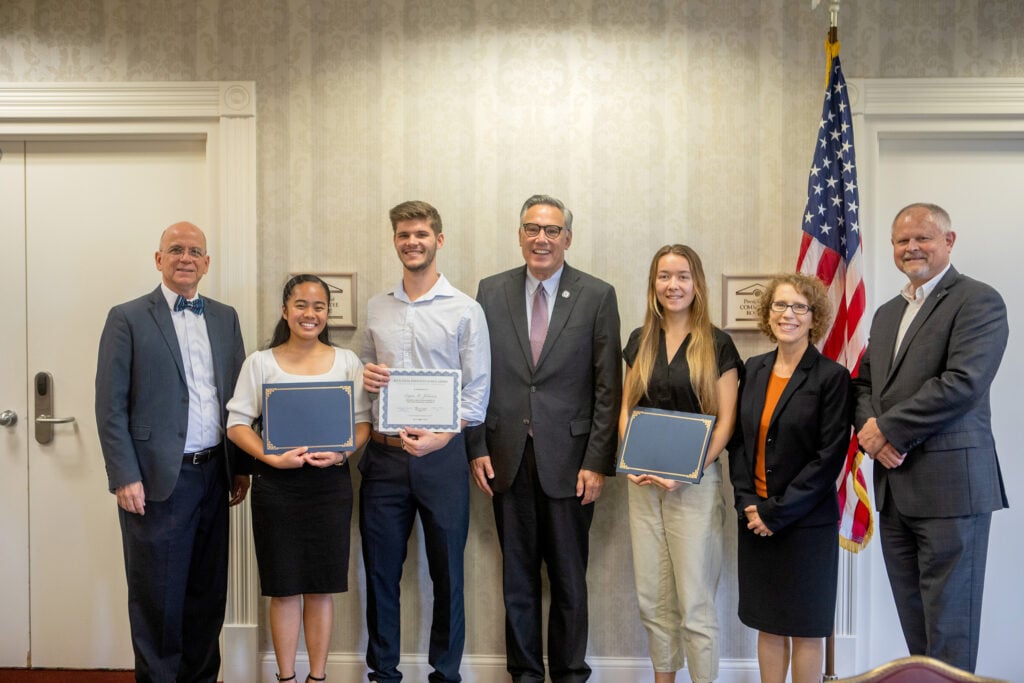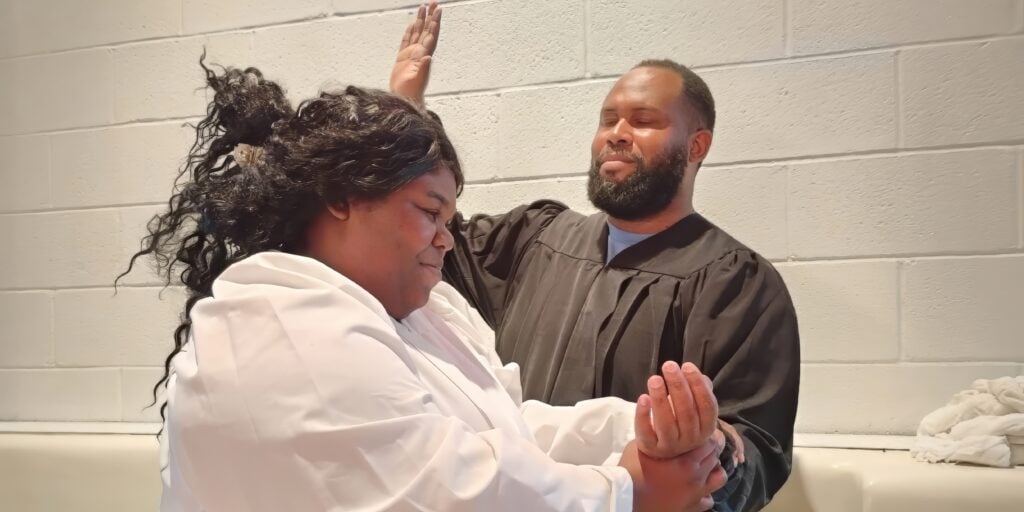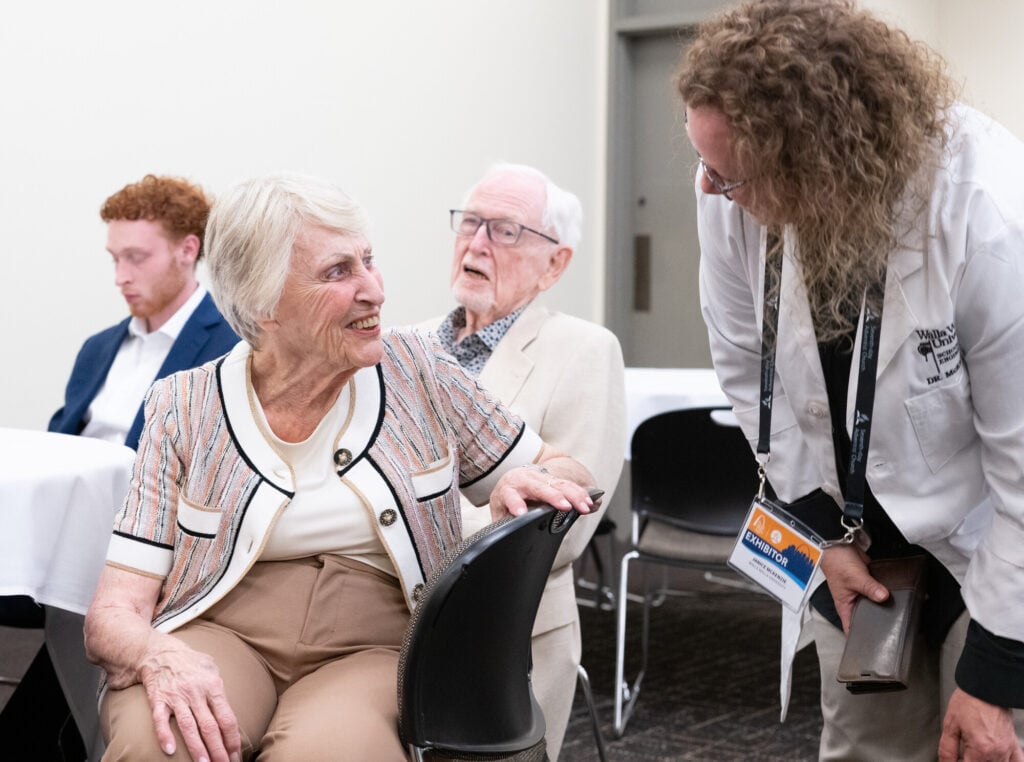As Adventists today embrace Pentecost 2025 it is important to remember some cutting-edge innovations for Adventist outreach and evangelism that took place during the 1990s. Some three decades later it may be difficult to fully appreciate just how new (and at times even startling) these efforts were.
Such discussions began in 1993 when the North American Division (NAD) leadership participated in a series of satellite broadcasts with the newly formed Adventist Communication Network. A test program on July 3, 1993, engaged churches across North America as evangelist Mark Finley conducted a live broadcast from Russia where he—at that moment—was participating in evangelistic meetings. After the fall of the Soviet Union, suddenly new opportunities were blossoming across the former Communist government as people hungered to simply have a copy of the Bible.
As a follow-up to the broadcast, this time held at the Capitol Hill Seventh-day Adventist Church in Washington, D.C., speakers included then church president Robert S. Folkenberg and Wintley Phipps, local church pastor, who together emphasized the importance of religious liberty. Adventists were catching on to the idea that it was possible to embrace satellite technology to disseminate information, especially as a catalyst for sharing Jesus with others.
At the 1993 NAD Year-End Meeting there was a three-day spiritual retreat “marked by prayer, praise, worship, and evangelistic planning.” Division president Alfred C. McClure (1931-2006) challenged church leaders about what they needed to do, so that they might experience church growth. He believed that some things needed to change in order for the church to become more effective in its outreach. In fact, evangelism was the critical ingredient necessary for church growth. Said McClure, “We must make our churches more friendly. We should develop an atmosphere in which people will feel free and happy to connect with His church.” This meant that they needed to “catch up with the times.”
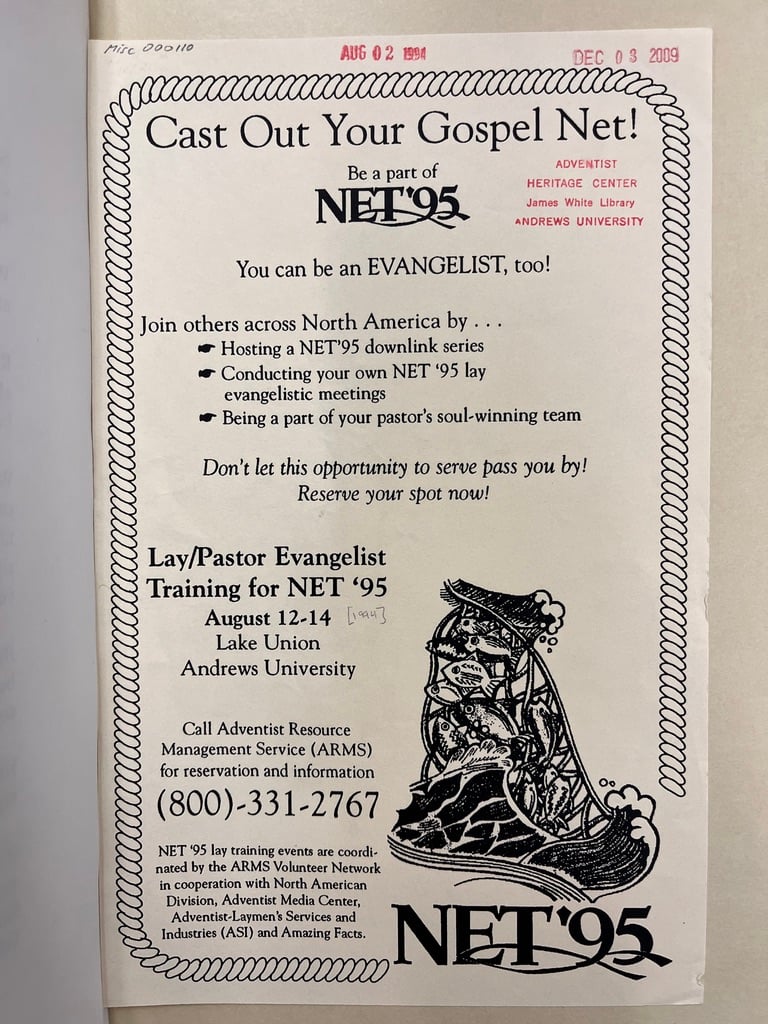
Leaders identified seven key goals for the denomination in North America: “A vibrant Christian experience for all church members; local churches that are mission-driven and active in meeting community needs; a doubling of the division’s growth rate; a management structure at the conference, union, and division levels that is geared to outreach and mission instead of institutional maintenance; and colleges that continually assess and address the spiritual growth needs of students.”
As a result of this innovative initiative, by early 1994 plans began to formulate for a NET ’95 division-wide evangelistic campaign, with Finley as the main speaker and Charles D. Brooks (1930-2016) answering questions. The program would “be uplinked by satellite to all churches.” McClure noted that 200 to 300 churches had already signed up to secure equipment even though an official announcement had not gone out. On March 28, 1994, the first of a series of training initiatives was broadcast by satellite. The first one was held by Finley and McClure sharing “the goals and objectives” of the NET series. By education, now delivered by satellite, they believed they could more easily train and prepare local download sites for this outreach initiative.

Propelled Forward by Computers, the Internet, and Ads
As they prepared for the series, as Adventist embraced technology for outreach, another creative initiative centered on “a computer program called ‘Internet.’ ” This appeared to be a promising area for ministry, and they proposed utilizing a commercial product such as CompuServe to create an Adventist online group with 18 “bulletin boards” to be used by anyone around the world who was online. CompuServe at the time could be accessed through local telephone numbers by 95 percent of the population in North America. It was urged that each office or department at the NAD plan to disseminate information over CompuServe, saving money and offering great access to information.
As plans matured for the NET ’95 evangelism series, McClure was on the forefront of organizing a number of training events from the second half of 1994 through early 1995. Notable events included a series of lay training events with Finley, a special satellite 1844 anniversary event (the 150th anniversary of the Great Disappointment), and a satellite prayer conference. The Amazing Discoveries Series (later dubbed “Discoveries in Prophecies”) evangelistic series would be available from February 17 through March 25, 1995. Of special note was the ability of the church to leverage national ad campaigns at little to no cost to the local church. In addition to church organizations and publications leveraging their influence, the denomination sponsored full-page ads in the January and February editions of the Saturday Evening Post. Some 7 million handbills were direct-mailed to homes with radio and TV spots, billboards, and posters. The meetings would be held across multiple time zones, using broadcast delays so that the program would be available at 7:15 p.m. in each time zone across the United States.
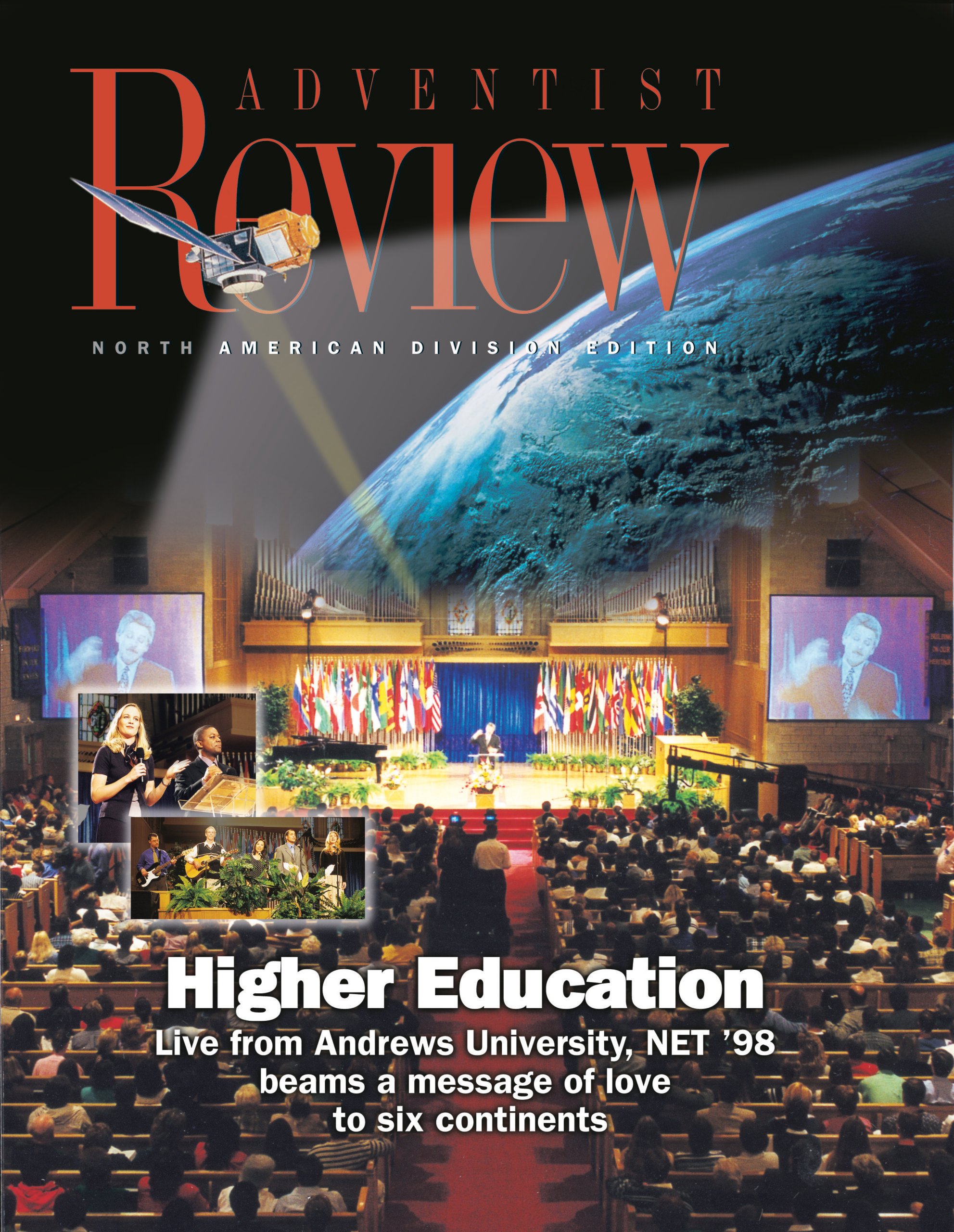
High Technology, “High Touch” Ministry
Reports described 66,000 people across 676 locations in North America on the opening night of NET ’95. It was later reported that 5,000 baptisms resulted. “High technology makes it possible to have more ‘high touch’ ministry,” wrote McClure. “With a satellite evangelist, thousands of pastors can focus on personal work with families and individuals.” The meetings were later followed up with a special broadcast program titled “Welcome to the Family,” which aired on April 15.
New plans were put into place for NET ’96, which would take place from Orlando, Florida, from October 5 through November 9, 1996. This time the meetings would be dubbed in three languages (French, Spanish, and Portuguese), and close-captioning would enable the hearing-impaired to participate. By the end of the year, baptisms in the NAD had increased to 39,004, an 8 percent increase over 1995, with an initial estimate of 4,000 baptisms over the same time period as a result of the NET ’96 initiative. This growth represented the highest number of baptisms in the history of the NAD.
“I feel like singing the doxology,” wrote McClure. Later, with careful review, it was determined that 1,910 churches had participated in the NET ’96 series. This resulted in 171,182 people who attended the opening night, with 51,306 nonmembers in attendance, and 9,772 who were baptized. Church leaders learned through this initial foray into technology that it was possible to share one’s faith with others through technology. They discovered that through computers and satellites the Adventist message could be shared in new and creative ways.
— Michael W. Campbell is director of Archives, Statistics, and Research for the North American Division.

